A notable aspect about Mexico is the great variety of foods and dishes that can be easily identified with the country. Most of the traditional foods are available all year round, although certain dates and holidays are associated with particular dishes.
September, the Mes de la Patria because of the Independence Day, brings chiles en nogada, hot green peppers filled with walnuts and raisins, covered with cream and sprinkled with pomegranate; and pozole, a broth with large grains of corn, red or green chili, chicken or pork, radish, and other trimmings.
October is when bakeries bring out the Pan de Muerto bread for the All Souls Day celebrations, although some stores, particularly supermarkets, start selling it during late August, presumably to maximize their sales opportunity.
Christmas dishes include bacalao, specially prepared codfish; romeritos, dried shrimp and rosemary sprigs in mole; and the Rosca de Reyes cake is cut at Epiphany (Three Kings Day) on January 6th.
Tamales, a traditional (and ancient) food made using corn dough steamed in a corn husk or banana leaf, and flavored with savory or sweet fillings are eaten all year round, but traditionally at Candlemas, on February 2nd. Also by tradition, if your slice of Rosca de Reyes contains a baby doll figurine (baked into the mix of every cake), you are obliged to host a party on this date to serve the tamales to family and friends.
For newcomers to Mexico, some local dishes, particularly spicy ones, take a while to get used to, and some people at first turn their noses up at the different tastes and smells. Quite understandably, many Mexicans are astounded someone wouldn’t like pozole, or mole, or some other dish that people here get excited about, and they assume you haven’t tried it. If you say you have, then obviously “no has probado el que hace mi tía“—you haven’t tried the one my aunt makes.
Perhaps one of the most acquired tastes in Mexican food is mole. This sauce is made from dried and ground chile peppers mixed with other spices and ingredients—famously chocolate used in making mole poblano (from Puebla) or black mole of Oaxaca. There are many kinds of mole, which are usually mixed with meat, rice, chicken, or vegetables. Mole recipes vary and local restaurants renowned for their mole often keep the precise recipe (moreover, the proportions of the ingredients) a closely-guarded secret.
Mexico’s National Festival of Mole is held in October each year
Mole is one of the truly mestizo (mixed indigenous and Spanish) sauces of Mexico. The Aztecs were making sauces from chili peppers to which they attached the suffix -mulli or -molli. Following the Spanish conquest, other spices were introduced and different kinds of sauce were developed.
It’s fitting then, that the town in the southeast of Mexico City where the annual national mole festival every October is held is San Pedro Atocpan with its Spanish and native name. It’s located in the largely rural Milpa Alta borough of the capital, at kilometer 17.5 of the Xochimilco-Oaxtepec highway.
The Atocpan mole festival is held in October every year, with some 40 restaurants and over 100 stands participating. San Pedro Atocpan itself is known as the original site of mole made with almonds.
Mexico in your inbox
Our free newsletter about Mexico brings you a monthly round-up of recently published stories and opportunities, as well as gems from our archives.

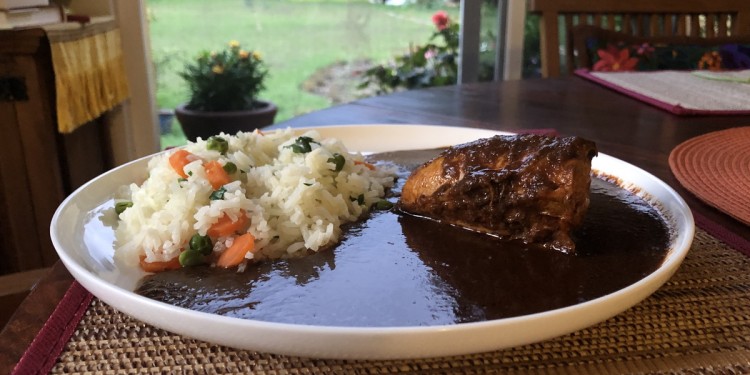
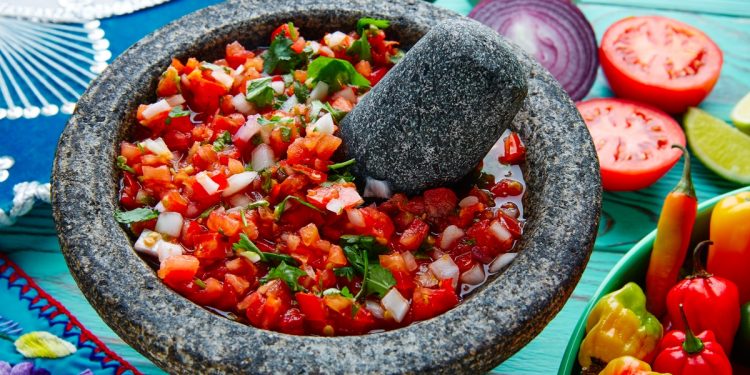
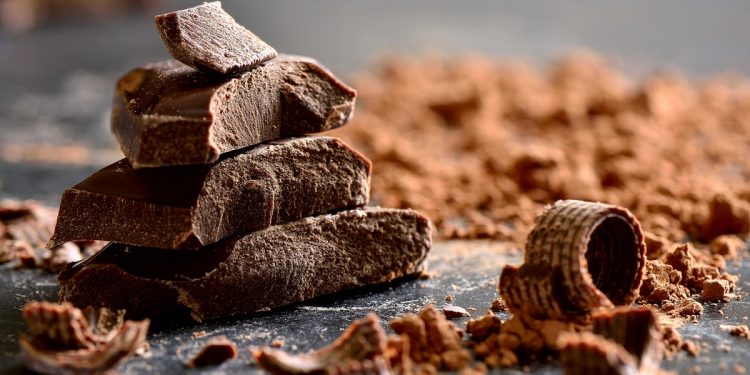
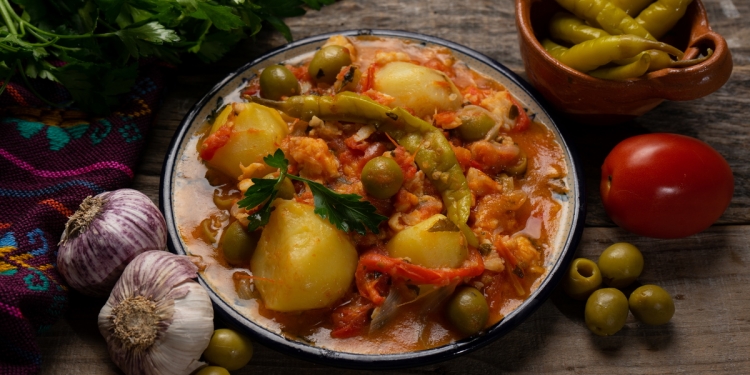

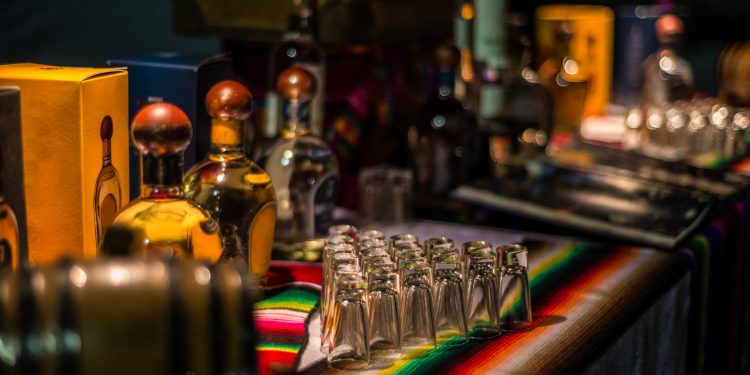
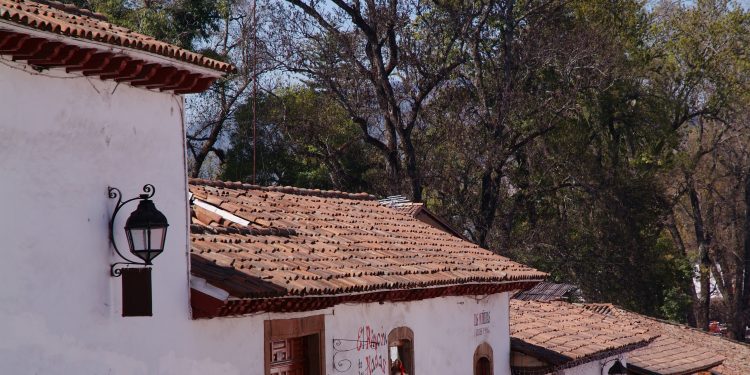

I’ve tried and enjoyed all of these, and highly recommend “La Feria del Mole” in San Pedro Atocpan, as mentioned. The owners of each stand will give you samples of the mole to taste, and you won’t believe the varieties (pomegranate, tamarind, almond, pine nut, etc.) It’s hard not to walk away with a few packages. And it’s SO easy to prepare and serve, so don’t be intimidated.
One addition to the description of chiles en nogada: the best, and most authentic “nogada” isn’t just cream, but is a creamy nut sauce, which includes ground walnuts, sometimes almonds as well, goat cheese and ideally (in my opinion) sherry. When made well, it’s heavenly!
https://www.eluniversal.com.mx/menu/receta-prepara-una-tradicional-salsa-en-nogada
Also, commonly the ground meat is a mix of beef and pork, so if you happen to avoid pork, you want to ask. There are some delicious vegetarian versions available as well, and upscale restaurants often have exotic fillings, such as duck or venison.